Premium Only Content
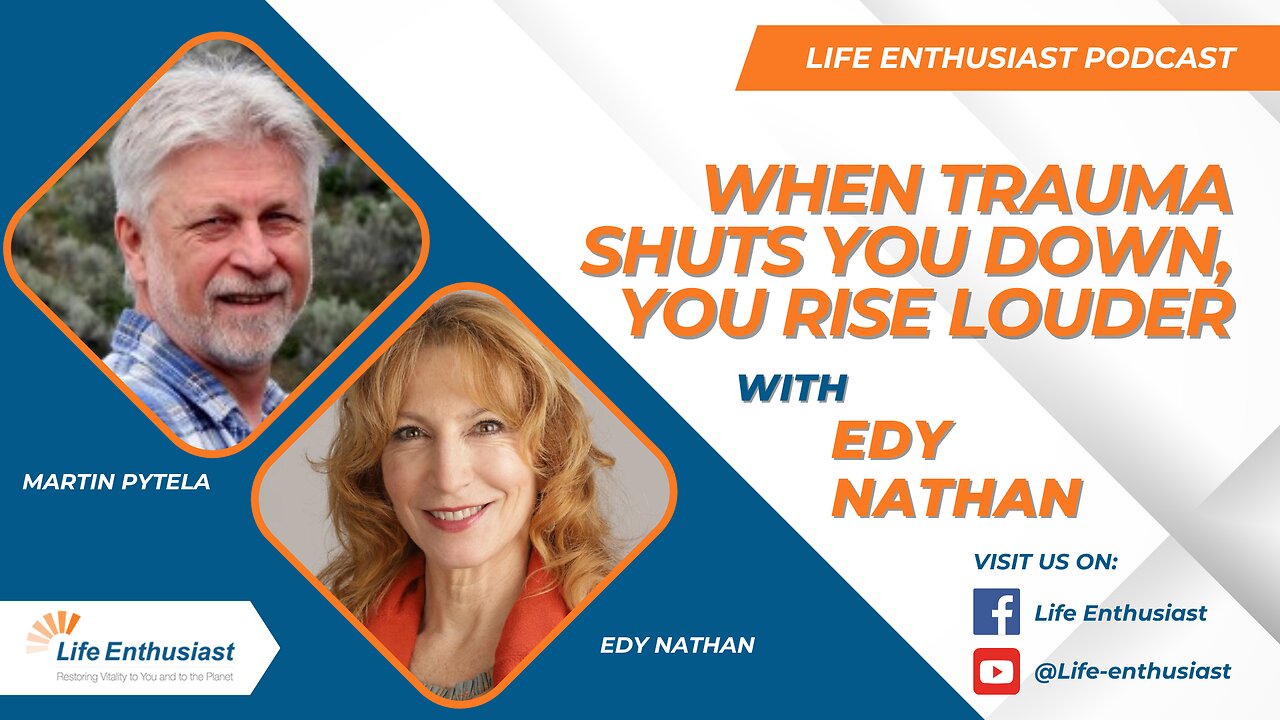
The Many Faces of Grief: Trauma, Identity, and Liberation with Edy Nathan
The Many Faces of Grief: Trauma, Identity, and Liberation with Edy Nathan
Grief is an experience all of us will encounter in our lives, yet it remains a deeply misunderstood and rarely discussed subject. In a recent conversation with Martin Pytela on the Life Enthusiast Health Shot Podcast, licensed therapist and author Edy Nathan shared profound insights into the nature of grief, trauma, and the journey of rediscovering oneself after loss.
Grief: More Than the Loss of a Loved One
Edy Nathan begins by clarifying that grief is far more nuanced than most people realize. While the death of a loved one is a common trigger, grief can also arise from the loss of self-confidence, identity, or roles in our lives—what Nathan refers to as “the loss of the self.” Whether it’s the loss of a job, a relationship, health, or even a sense of safety, grief leaves us changed.
Nathan illustrates this with a story from her book’s opening: encountering a one-legged Sandhill crane, thriving against all odds. The crane’s missing leg became a metaphor for living with grief—it is possible to move forward and even thrive, while acknowledging that something fundamental has changed.
The ‘Traumatic Imprint’ and Role Confusion
While exploring grief, Nathan introduces the concept of the “traumatic imprint.” Unlike the word “trauma,” which can become diluted through frequent use, “traumatic imprint” allows for a more nuanced recognition of how deeply distressing events mark us. This could be anything from a physical violation to a profound loss or a long-term exposure to neglect.
One of the most challenging aspects of grief and trauma, Nathan notes, is what she calls “role confusion.” When our world is shaken, who are we now? If you’ve lost a loved one, a sense of identity, or even a dream for your future, it’s common to ask, Who am I after this? This confusion is part of the grieving process, and, as Nathan puts it, it's like a diamond with many facets—losing one doesn't erase the others, but it does change the way light shines through us.
Moving Beyond Victimhood: The Liberation Protocol
Importantly, Nathan discusses how we can move from merely surviving to something she calls the “Liberation Protocol.” Inspired by hostage negotiation strategies, the Liberation Protocol helps people shift from feeling owned by their suffering to developing new ways to relate to it. She emphasizes the difference between being a “survivor”—a state that can become immobilizing—and becoming a “survivalist,” someone who actively works to manage and grow beyond their pain.
This process starts with acknowledging and naming the grief, which creates a “container” for the experience. Rather than trying to suppress or deny what happened—strategies that ironically make pain grow stronger—inviting the grief in and learning to understand it allows healing to begin.
Redefining the Grieving Process
Nathan also offers a fresh perspective on the stages of grief. While Elisabeth Kübler-Ross’s five stages were devised for those facing their mortality, not those left behind, Nathan has identified 11 “phases” of grief, emphasizing the non-linear, cyclical nature of healing. Among the first is “emotional armor”—the protective numbness and denial that often helps us get through the initial shock.
Throughout the conversation, Nathan returns to the importance of embodied curiosity—an active, compassionate investigation into our internal world. Asking what we’re yearning for, what parts of ourselves feel lost, and what new roles might emerge from our experiences is fundamental to growth.
There Is Help—and Hope
Nathan’s work underscores that, while we can’t erase our grief, we can find meaning within it. Healing is not about “getting over” loss but about learning to thrive alongside it, redefining ourselves, and allowing the wisdom born of suffering to guide us forward.
If you’re struggling with grief or the aftermath of trauma, know that you are not alone—and with the right support, it is possible to reconnect with life, rediscover hope, and move toward healing.
Timestamps:
00:04 Edy Nathan on the loss of self-confidence and the many faces of grief.
00:44 Introduction by Martin Pytela, welcoming Edy Nathan.
01:26 Martin notes the challenging nature of discussing grief.
02:10 Edy’s parable of the one-legged crane as a metaphor for grief.
03:41 Loss and living with change—parallels to physical and emotional limbs.
04:03 Role confusion and the profound identity impacts of grief.
05:08 The diamond metaphor—how we are multi-faceted and how grief reshapes us.
06:07 Traumatic imprint: Experiences of violation and its lingering effects.
07:35 Redefining language: From trauma and survivor to traumatic imprint and survivalist.
10:16 The Liberation Protocol—tools for healing from being "held hostage" by trauma.
12:12 Phases of grief vs. stages; grief is nonlinear and always evolving.
14:52 Emotional armor as an initial protective response to loss.
16:46 Anxiety, rage, and the relationship between unacknowledged anger and anxiety.
19:12 Overcoming anxiety through connecting with anger; the "flush" analogy.
21:33 Grief as a major life event—waves of intensity can fade, but not always.
24:10 Developmental trauma, sexual grief, and loss of identity (including menopause and male issues).
26:43 The need to redefine oneself after loss; embodiment and curiosity as recovery tools.
29:17 Grief is reframed as yearning or hunger for lost parts of oneself.
30:34 Edy’s clinical work, speaking, and educational programs on grief.
32:21 Discussion of Edy’s website/resources and the value of lived experience.
33:44 Engaging with, not avoiding, grief and trauma—even sexuality as core energy.
36:47 Resources for getting help: books, videos, consultations.
10 Questions Discussed In This Episode:
1. Edy Nathan uses the metaphor of a one-legged crane to describe living with grief. How does this metaphor resonate with your own experiences or understanding of loss?
2. The conversation distinguishes between grief related to the loss of a loved one and grief stemming from the loss of self or identity. In what ways have you witnessed or experienced this “loss of self” grief?
3. Edy introduces the concept of “role confusion” after a loss. What are some roles in your life that would be deeply affected if you experienced a significant loss?
4. The term “traumatic imprint” is used instead of “trauma.” How does changing the language affect how we process or heal from painful experiences?
5. Edy speaks about being “held hostage” by grief or traumatic experiences. What strategies might help someone start to “liberate” themselves from being defined by their pain?
6. The episode discusses how anxiety and rage are interconnected emotional responses after loss. How have you observed this in yourself or others, and what techniques have helped manage these feelings?
7. Both speakers reflect on societal attitudes toward grief, particularly the misconception that grief follows a linear, staged process. What do you see as the biggest misconceptions about grief in society?
8. Edy emphasizes the importance of creating a “container” for difficult emotions rather than trying to make them disappear. Why might acknowledging and containing grief be more effective than avoidance?
9. The “sexual grief effect” is described as a response to both developmental and acute sexual trauma. How does the idea of grief relate to experiences that are not typically seen as losses in mainstream culture?
10. Curiosity is outlined as part of the “Liberation Protocol.” How can cultivating embodied curiosity help someone move through grief or trauma, according to the episode?
Fun Facts:
1. Grief Isn’t Just About Losing People: Edy Nathan talks about how grief can be experienced not just after losing a loved one, but also after losing parts of oneself—like self-confidence, a role in life, or even your sense of identity.
2. The Sandhill Crane Story: The opening parable in Edy’s book is inspired by her real-life encounter with a tall sandhill crane in Florida that was missing a leg, yet thriving. She uses this as a metaphor for grief—how we learn to live and thrive despite what we’ve lost.
3. New Terms Introduced: Edy coined the phrase "sexual grief effect" for the unique kind of grief and loss that happens after a sexually traumatic or predatory experience. She also prefers terms like “traumatic imprint” and “survivalist” to evolve language around trauma and survivorship.
4. Grief Isn’t Linear: Edy challenges the traditional thinking on the “five stages” of grief, explaining that these were originally developed for people facing terminal illness, not those living with loss. She instead identifies 11 non-linear “phases of grief.”
5. Emotional Armor Is Normal: One of Edy’s phases of grief is “emotional armor”—the shock, numbness, or denial we often feel immediately after a loss. She says it’s natural to revisit this phase many times during healing.
6. Rage and Anxiety Are Linked: Interesting physiological tidbit—rage expressed outward and anxiety turned inward are like two sides of the same coin. Edy shares her own story of overcoming agoraphobia and how tapping into anger helped her break through anxiety.
7. “Flush” the Anxiety: Martin shares a visual analogy—dealing with anxiety is sometimes like drowning in a toilet, and what you need is to flush it. Not pretty, but memorable!
8. Men & Women Both Experience Sexual Grief: Sexual grief and identity loss aren’t gender-specific. Edy highlights that both men and women, whether through physical changes (like menopause or prostate issues) or traumatic experiences, can feel lost, self-loathing, or disconnected from themselves.
9. Curiosity as Healing: One of Edy’s “Liberation Protocols” is radical, embodied curiosity—facing, naming, and exploring your grief and loss, rather than trying to push it away or ignore it.
10. You Can’t “Make It Disappear”: Edy makes it clear—you can’t simply erase traumatic experiences or grief. The healing comes from acknowledging, exploring, and reframing how they live within you.
Connect with us:
Website:
https://www.life-enthusiast.com/
https://www.life-enthusiast.com/?ref=005
Facebook:
https://www.facebook.com/LifeEnthusiastContact
Twitter:
https://twitter.com/lifentco
Youtube:
https://www.youtube.com/user/lifentco
Rumble:
https://rumble.com/user/lifeenthusiastcoop
Telegram:
https://t.me/lifentco
#LifeEnthusiast #health #wellness #podcasts #education #homeopathy
#HighQualityIngredients #NextLevelHealth #SupplementSupport #HerbalHealing #HollisticWellness #NaturalRemedies #AlternativeHealth #TraditionalMedicine #HealthJourney #WellnessSolution #HealthAndWellness #HealthyLiving #HealingPath
#MartinPytela #ScottPaton
-
 0:56
0:56
Life Enthusiast
14 hours agoLiver Problems UNITE! Shocking Family Health Secrets REVEALED
71 -
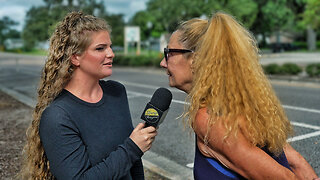 27:15
27:15
Liberty Hangout
2 days agoThe Most DELUSIONAL Democrats on Earth!
33.9K134 -
 38:41
38:41
JohnXSantos
1 day ago $0.74 earnedHow To Start A CLOTHING BRAND on a BUDGET! Step X Step (2025)
12.8K2 -
 30:57
30:57
Her Patriot Voice
17 hours ago $16.28 earnedDemocrats More Unhinged Than EVER Before!
99.6K133 -
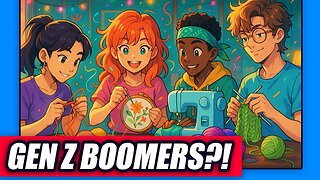 29:13
29:13
Clownfish TV
1 day agoGen Z are Becoming the Boomers?! | Clownfish TV
23.9K39 -
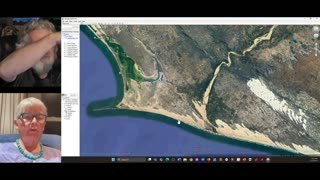 1:48:31
1:48:31
Squaring The Circle, A Randall Carlson Podcast
20 hours agoMEGA Tsunamis and the formation of our World ft. Dr. Dallas Abbot
38.1K9 -
 29:26
29:26
Advanced Level Diagnostics
2 days ago $0.20 earned2019 Chevy Express - No Crank, Relay Clicking! Diag & Fix!
7.7K -
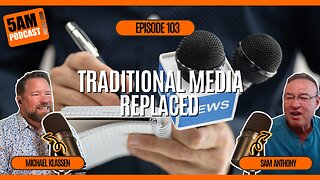 30:56
30:56
5AMPodcast
1 day ago $0.30 earnedCitizen Journalism 🎙️Replacing Traditional Media | Sam Anthony on 5 AM Podcast
7.95K1 -
 6:53
6:53
Rena Malik, M.D.
1 day ago $2.34 earnedWhy Antidepressants Wreak Havoc on Your Sex Life?! | Urologist Explains How to Boost your Libido
28K5 -
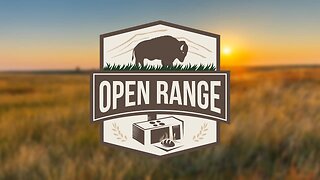 1:00:00
1:00:00
BEK TV
2 days agoMIKE MOTSCHENBACHER ON NORTH DAKOTA POLITICS, TEA PARTY ROOTS, AND THE 2026 ELECTION
20.6K